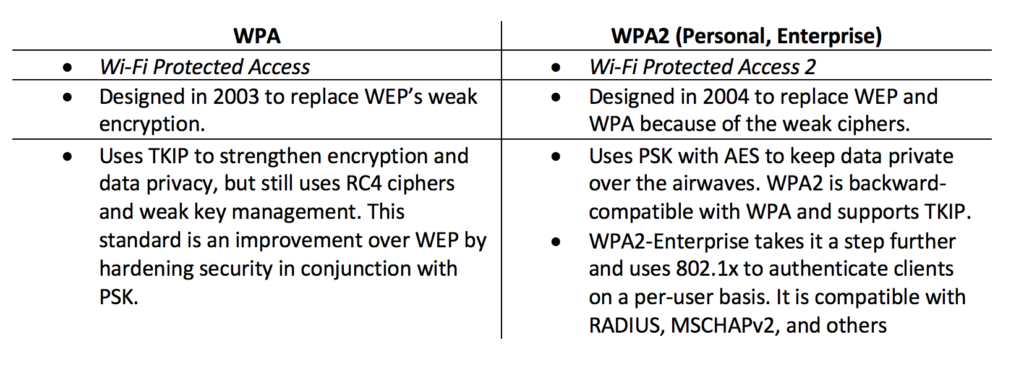

Some information is too valuable, not to be protected. Every time you access your web bank or mailbox, most often when you log in to any type of web page, or create a VPN tunnel back to your corporate network. Nowadays, we use encryption every single day, without even noticing. It is advisable to change the routers IP address to something else, such as 192.168.37.201.In general, encryption is the process of transforming the data, into some kind of cyphertext that would be non-understandable for any 3 rd party that would intercept the information. There are some sophisticated exploits that use this common setting to transmit the infection to the router, thereby compromising not just one computer but all Internet traffic that goes via the router from any device. Change the default IP address of the router: Virtually all wireless routers are preconfigured to use 192.168.1.1 as the IP address of the router on the network it creates.is not easily guessable, like a birthday, or name of a family member or pet name.uses a healthy mix of characters - upper case, lower case, numbers and special characters like ^*.
#Best wireless security wep vs wpa password#
A good password has the following characteristics:

This makes brute-force attacks possible, where the hacker tries every combination of letters and numbers until the key is deciphered. Computers are very powerful and cloud computing has made it very cheap and easy to rent extraordinarily large raw computational power. Use a strong password: This one is obvious but bears a mention because it is very important.But when the network name is unknown, logging on to the network will require that the intruder must know not only the password but also the SSID. When the network broadcasts its SSID (name), the hacker only has to decipher the password. It will still show up in network scans by devices but they would only see it as "Unidentified Network". By not broadcasting the SSID, the wireless network becomes "hidden". Do not broadcast SSID: The SSID is the name of the Wi-Fi network.WPA2 has two flavors - personal and enterprise.Ĭhoosing WPA2 is a good start but there are other things you can do to make your Wi-Fi network even more secure. This made WPA2 a better and more secure configuration compared with WPA.
#Best wireless security wep vs wpa code#
The next version - WPA2 - replaced RC$ with AES (Advanced Encryption Standard) and replaced TKIP with CCMP (Counter mode with Cipher block chaining Message authentication code Protocol). The first iteration of the WPA protocol used the same cipher (RC4) as WEP but added TKIP (Termporal Key Integrity Protocol) to make it harder to decipher the key. WPA, which stands for Wi-Fi Protected Access, is a newer standard and is much more secure. However, researchers discovered vulnerabilities in WEP in 2001 and proved that it was possible to break into any WEP network by using a brute-force method to decipher the key. It allows the use of a 64-bit or 128-bit key. WEP (Wired Equivalent Privacy) was introduced when the 802.11 standard for Wi-Fi networks was launched. WEP and WPA are the two security methods supported almost universally by routers and the devices that connect to them, such as computers, printers, phones or tablets.

Seucring a Wi-Fi network with a password is, therefore, absolutely essential.

Not having your Wi-Fi network password-protected also creates problems such as an intruder piggy-backing on your Internet connection, thereby slowing it down or even illegally downloading copyrighted content. This means that if the wireless network is "open" (requires no password), a hacker can access any information transferred between a computer and the wireless router. It is possible to "sniff" data being exchanged on a wireless network. WEP and WPA security options while connecting to a wireless network Encryption in a Wi-Fi network


 0 kommentar(er)
0 kommentar(er)
